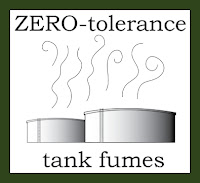DECARBONIZATION SAVINGS BANK
The Decarbonization Savings Bank rewards all Maine residents for investing in the development of “green” infrastructure that will replace the fossil fuel-dependent infrastructure on which our inherited economy depends. A basic bank function is to gather small deposits and issue mortgages, i.e., large loans. Key aspects of this bank are: Deposits A guaranteed 3% return for small deposits of $1 to $50,000. Interest earned above $50,000 are returned as a dividend. Simplicity. Transactions are limited to straightforward deposits and withdrawals. Focus is on savings. Your money is always available to you. Deposits are made with one-click simplicity. Transfers can be made as direct deposits to commercial banks or on-line payment systems, and withdrawals can be made as debits within the State. Low overhead and administrative cost. Simplicity allows most bank functions to be fully automated. This in turn allows margins between interest pai...







